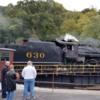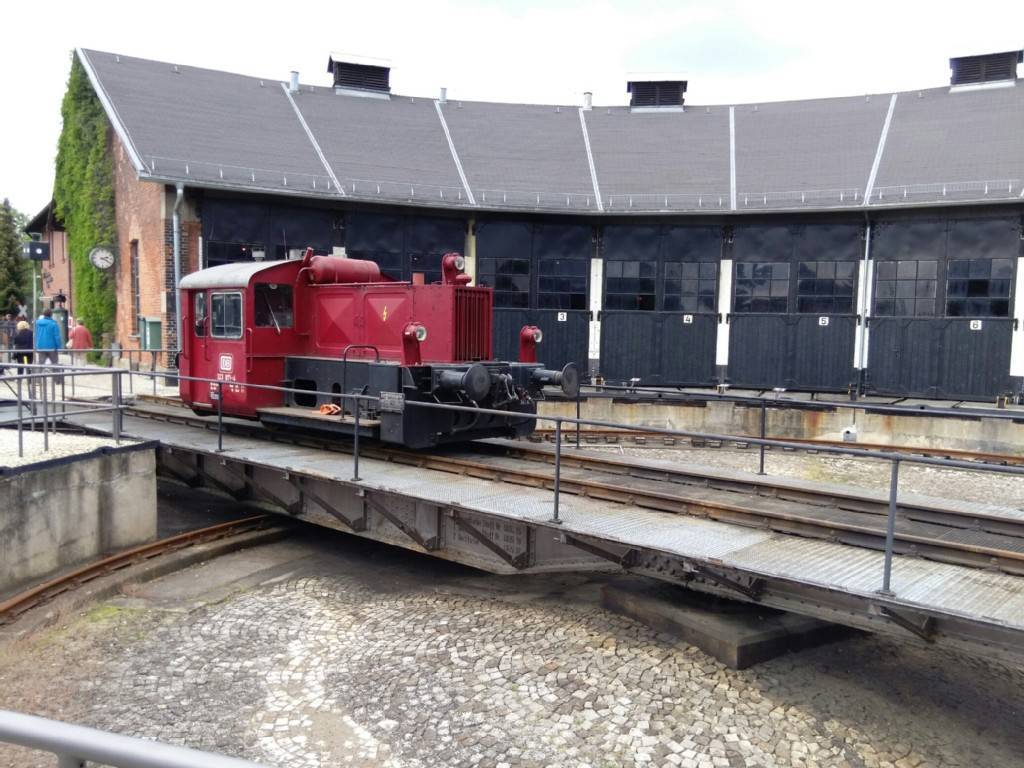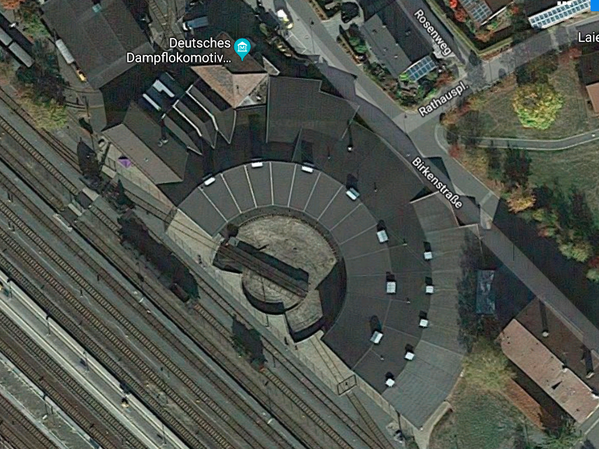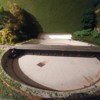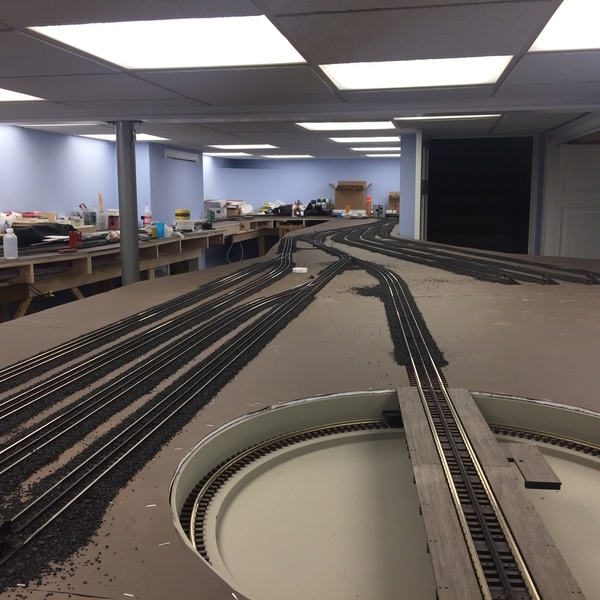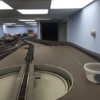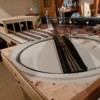You don't need an engine house or roundhouse with a TT. There were many prototype facilities at the end of branches or on shortlines that had TTs in steam days, but not buildings for service. There are also many shortline and branchline facilities that had 1 or 2 stall engine houses in stead of TTs.
From a prototype perspective, TTs take up less space than a wye, although more expensive to buy and maintain. A TT lets you get a lot more parking places with fewer switches. But in steam days, it was very inconvenient to run a steamer backwards for long distances. The speed had to be reduced and the visibility issues were there. Also the coal dust from the tender blew into the cab - - So even many small roads would put in TTs to allow turning. Once GP diesels became common, TTs faded away and are pretty much gone. A shortline with a GP7 or 9 had no big reason to turn it, even though the controls might be a little inconvenient.
Just don't name the town Altoona, or Conway, or Enola!
A final note, someone did an article where they put the roundhouse and TTnext to a wall. They only had 2 usable stalls I think but the facade of the roundhouse wrapped around against the wall and there were dummy stalls along that part, some with tenders only.





